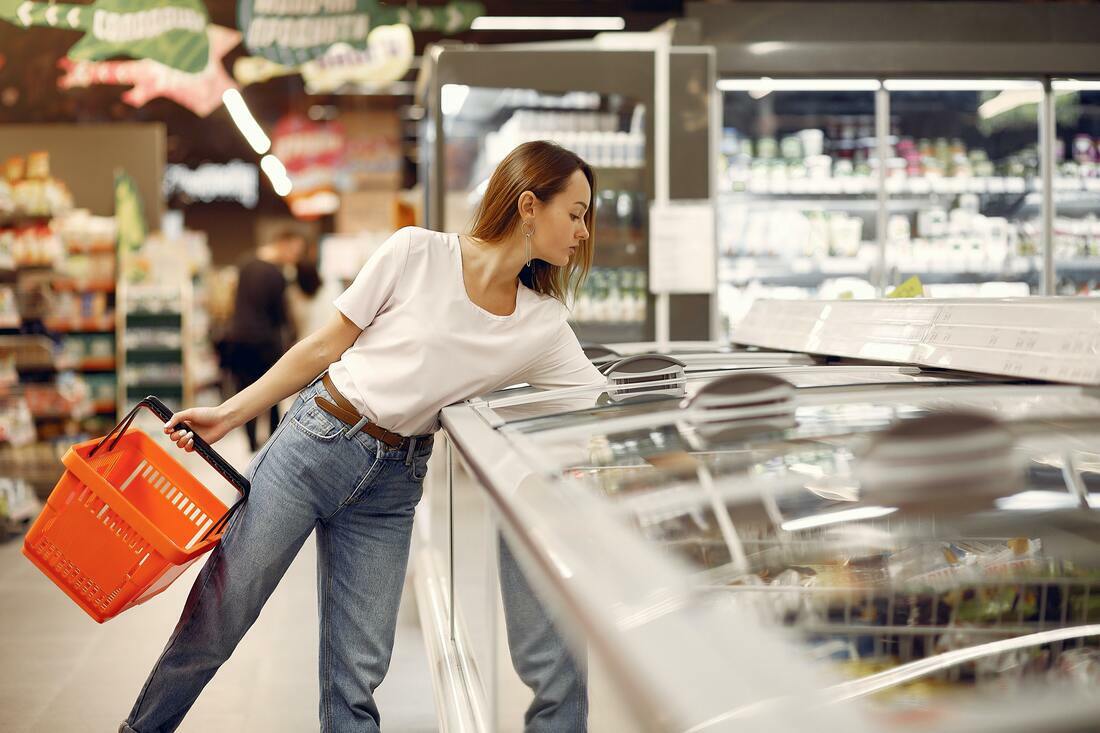
In recent months, I have frequently zoomed in on the social, economic and personal impact of this crisis. It is gradually becoming clear that this crisis cuts deeper into the lives of families than could have been imagined a year ago. A large-scale study in several large European countries (including Germany, France and the UK) commissioned by management consultancy McKinsey shows how deep this crisis cuts.
Here is a brief overview of the most important findings.
- It is no longer a crisis that only affects the lower incomes or the lower middle class. The crisis affects just about everyone in the population: from low to high, from young to old.
- As a result, many can save less or even have to use their savings to pay the expensive bills. This is especially true for so-called millennials.
- The result is also that consumers will save on all non-essential expenses (with the exception of energy and necessary groceries). The crisis therefore affects all sectors of the economy to a greater or lesser extent, with the negative outliers: jewellery and other accessories, home furnishings and furniture.
- Consumers stop buying some products altogether, buy smaller quantities, or postpone purchases until a later time.
- In the supermarket they spend less per visit, they go shopping more frequently and they visit several shops.
- If consumers continue to spend, they are mainly looking for 'value for money'. 8 out of 10 consumers indicate that they have adjusted their shopping behaviour accordingly as a result of the crisis. 1 in 2 consumers have bought a private label in the past three months (mainly household products, frozen food and snacks), and 1 in 3 has changed brands.
- When consumers change brands, 1 in 2 say they are looking for better quality for less money, or they also eagerly respond to price promotions from merchants. Only 15 percent of those surveyed change brands to go for better quality.
- A majority of consumers have no intention of acting crazy in the future. For example, 57 percent of consumers indicate that they will spend less during the end-of-year celebrations. Especially on trips, restaurant visits and shoes. And that's significantly more true for baby boomers than for millennials. Cooking at home is on the rise again.
- Finally, we are more pessimistic about the future than during the 'lockdown' in the covid crisis. 43 percent of consumers do not expect a quick recovery. And that applies to all income groups. An equally large percentage remains neutral. Only 14 percent believe that things will get better in the future, especially among young people.
We can assume that when this crisis is over, a lot of purchasing behaviour will have changed structurally. For example, it is legitimate to suspect that consumers will remain price sensitive in some product categories. On the other hand, the research shows that only quality brands that are relevant and have a strong, emotional connection with their (financially strong) clientele will get through this crisis in one piece. Sustainable brands in particular appear to be relatively crisis-resistant. It is a crisis with many faces, also for brands.
Written by BBDO Belgium Team, We create effectiveness